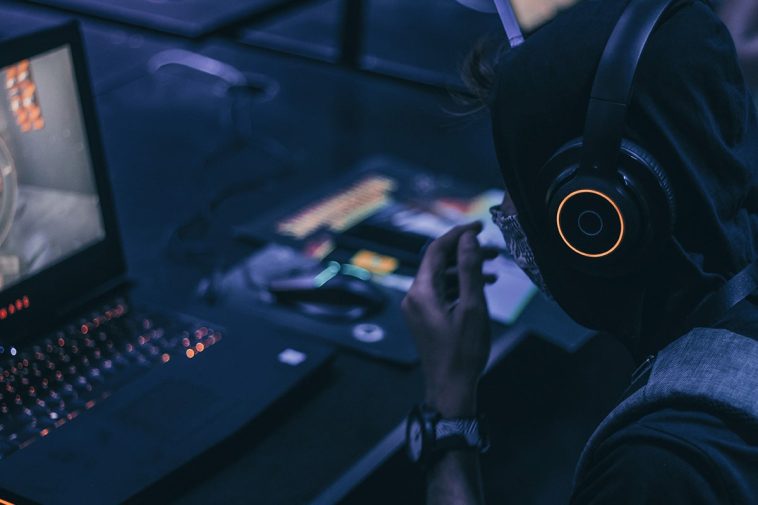Introduction.
Shooter games have captivated players for decades with their fast-paced action, thrilling combat, and immersive gameplay.
If you’ve ever dreamed of creating your own shooter game, Unity, a popular game development engine, provides a powerful and accessible platform to turn your vision into reality.
In this article, we will guide you through the process of creating a Unity shooter game, covering the essential steps and techniques to bring your game to life.
How Do I Create a Unity Shooter Game?
If you have ever wanted to create your own shooter game, Unity, a versatile game development engine, provides a powerful platform to bring your vision to life.
In this article, we will walk you through the step-by-step process of creating a Unity shooter game, covering essential elements such as player controls, enemy AI, weapon mechanics, level design, and visual effects. Let’s dive in and start building your thrilling shooter game.
Step 1: Game Design and Concept.
Before diving into development, spend time defining the game’s concept, mechanics, and overall design. Consider elements such as the game’s theme, setting, characters, objectives, and progression.
Think about the type of shooter game you want to create, such as a first-person shooter (FPS) or a top-down shooter (TDS), and define the unique features and gameplay mechanics that will set your game apart.
Step 2: Setting Up the Unity Project.
- Install Unity: Download and install the latest version of Unity from the official Unity website.
- Create a New Unity Project: Open Unity and create a new project. Choose a project name and location, and select the appropriate template based on your shooter game type (e.g., 3D or 2D).
- Import Assets: Gather or create the necessary assets for your game, including character models, animations, weapons, sound effects, and visual effects. Import these assets into your Unity project and organize them within the project’s folder structure.
Step 3: Player Controls and Movement.
- Create Player Character: Design and import a player character model into your Unity project. Set up the character’s animations, including idle, walking, running, and shooting animations.
- Implement Player Controls: Write scripts to handle player movement, aiming, and shooting. Utilize Unity’s input system to detect keyboard, mouse, or controller inputs and translate them into character movements and actions.
Step 4: Enemy AI and Gameplay Mechanics.
- Create Enemy Characters: Design and import enemy character models into your Unity project. Implement animations and visual effects to bring them to life.
- Enemy AI Behaviors: Develop enemy AI scripts to control their movements, attacks, and reactions. Implement different AI behaviours, such as patrolling, pursuing the player, taking cover, and attacking.
- Weapon Mechanics: Implement weapon systems, including different types of weapons, ammunition management, reloading mechanics, and damage calculations. Create scripts to handle weapon firing, bullet trajectories, and hit detection.
Step 5: Level Design and Environment.
- Design Game Levels: Create game levels using Unity’s level editor. Define the layout, structures, obstacles, and cover points for engaging gameplay.
- Implement Environmental Interactions: Incorporate interactive elements within the game environment, such as destructible objects, doors, switches, and power-ups. Write scripts to enable interactions and create dynamic gameplay moments.
Step 6: Visual Effects and Polishing.
- Implement Visual Effects: Enhance the visual appeal of your shooter game with particle effects, muzzle flashes, explosions, and environmental effects like smoke or fire.
- Audio Design: Add sound effects and background music to create an immersive audio experience. Implement audio cues for shooting, enemy reactions, player movements, and game events.
Step 7: Playtesting and Iteration.
Regularly playtest your shooter game to identify and fix any issues, tweak gameplay mechanics, and fine-tune the balance.
Gather feedback from friends, colleagues, or potential players and iterate based on their suggestions to improve the game’s overall experience.
Conclusion.
Creating a Unity shooter game is an exciting and rewarding endeavour. By following this step-by-step guide, you can bring your vision to life and create an immersive shooter experience.
Remember to focus on game design, set up your Unity project, implement player controls and enemy AI, design engaging levels, incorporate visual effects, and playtest your game for improvements.
With creativity, dedication, and the power of Unity, you can create a captivating shooter game that will thrill players and showcase your game development skills. Happy shooting!






GIPHY App Key not set. Please check settings